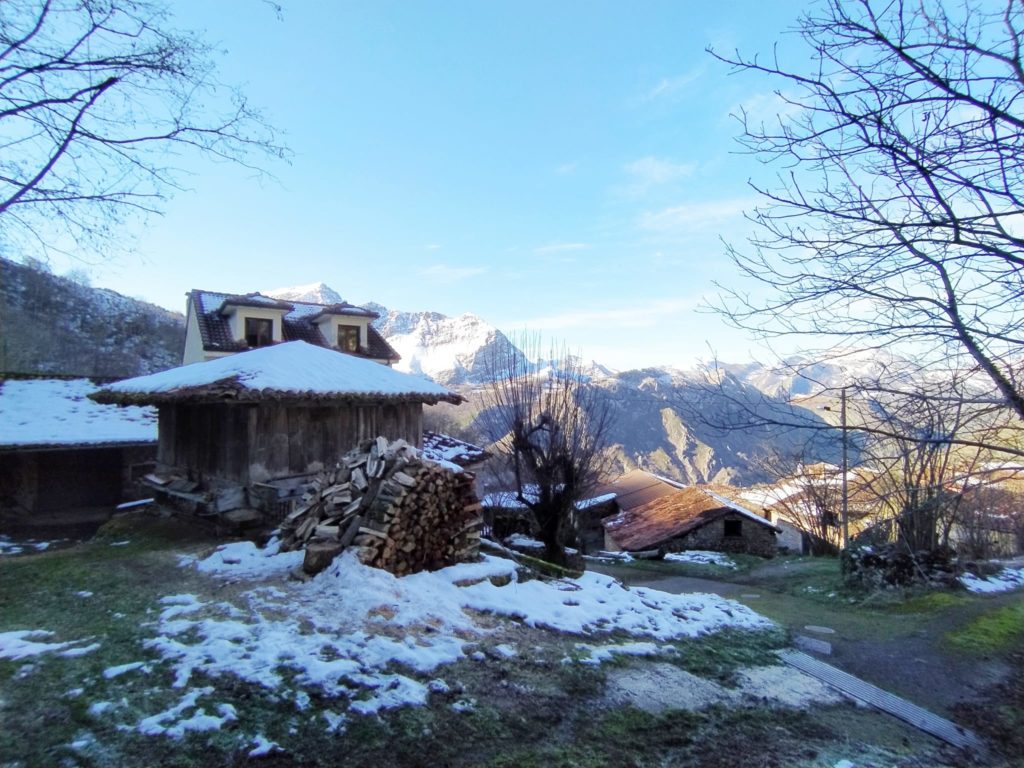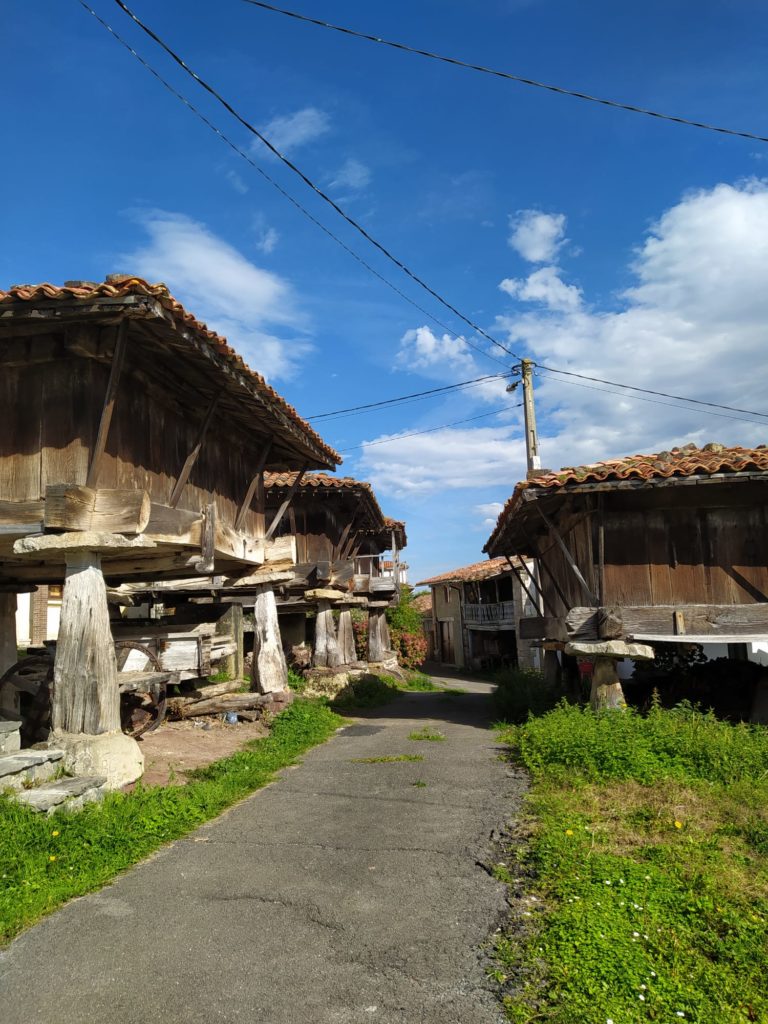Granaries, a common storage space for communities since humankind started agriculture. These buildings are necessary to keep the grain dry and away from animals during the whole year. But in the region of Asturias, north of Spain, there is a special kind of granaries that outlined the landscape and are more than storage space for the communities. To know more about them and what is happening with them in the region, we talked with Fernando Mora Rodríguez, archaeologist and specialist in “hórreos”.
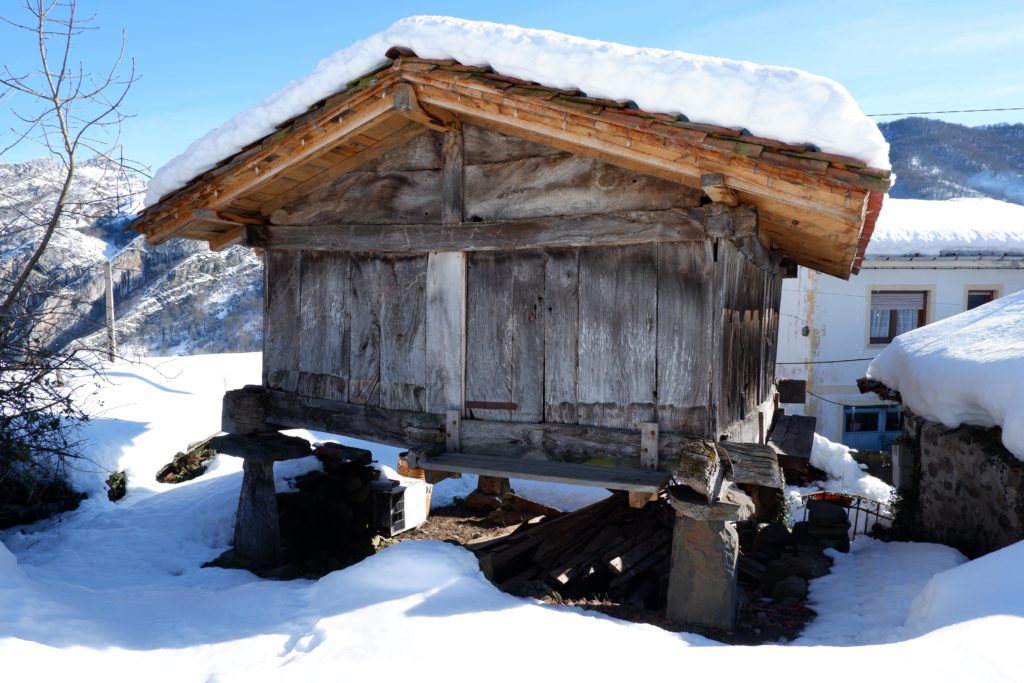
These granaries, called “hórreo” (“horru” in Asturian) and “panera” are raised granaries supported by four pillars made in stone or wood. The granary itself is made in local wood, mostly chestnut or oak, by carpentry, without any metal joints. To access them they have a stone stair. The “hórreo” has a square floor plan with a top decoration on its roof, while the “panera” has a rectangular floor plan and two top decorations on the roof.
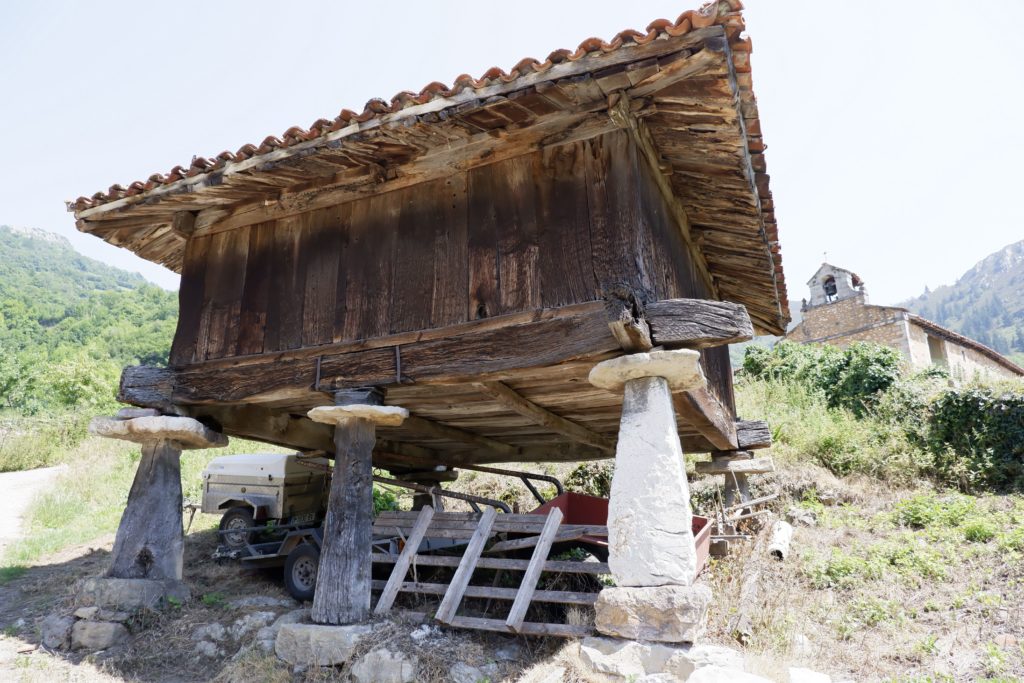
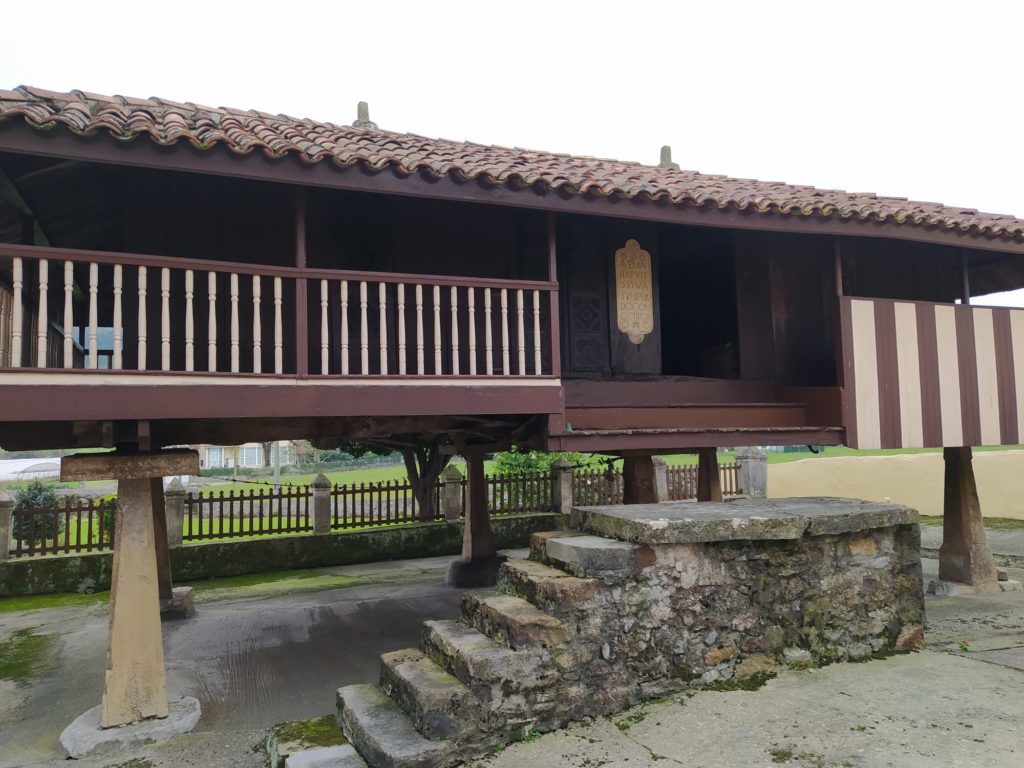
Los hórreos y paneras son graneros elevados tradicionales realizados en maderas locales para almacenar la comida y el grano a salvo de los animales y de la humedad propia del terreno asturiano” (The “hórreos” and “paneras” are traditional raised granaries, made in local wood, to storage the food and grain and keep them save from animals and the humidity proper from the Asturian terrain)
Fernando Mora Rodríguez
The oldest documented “hórreos” are dated to the 16th century but seemed to be the last representation of an even older tradition as these constructions are documented in books as “Las Cantigas de Santa María” number CLXXXVI from the 13th century.
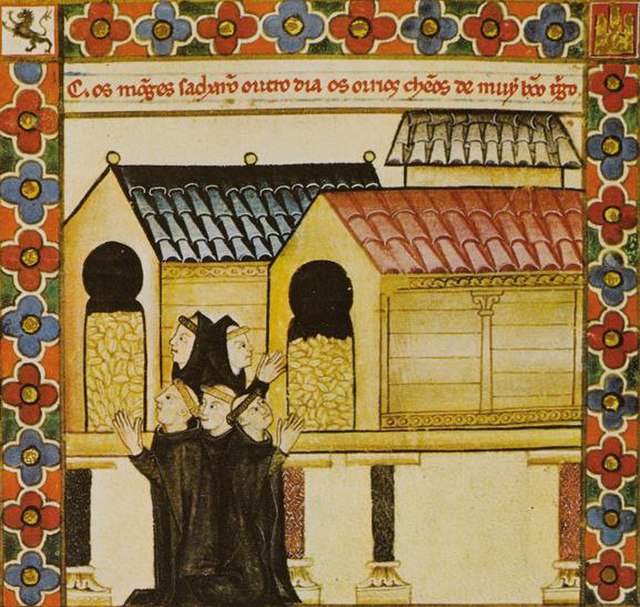
There are several ways to categorise the “hórreos” in Asturias, the experts have prioritised the stylistic one. With this categorisation, we can find three types that differ in their decorations.
The oldest one, the “Villaviciosa” Style has its decorations carved on painted and coloured mainly in white, red and black (the pigments that are more available in the region). The decorations remind us of the Romanesque churches.
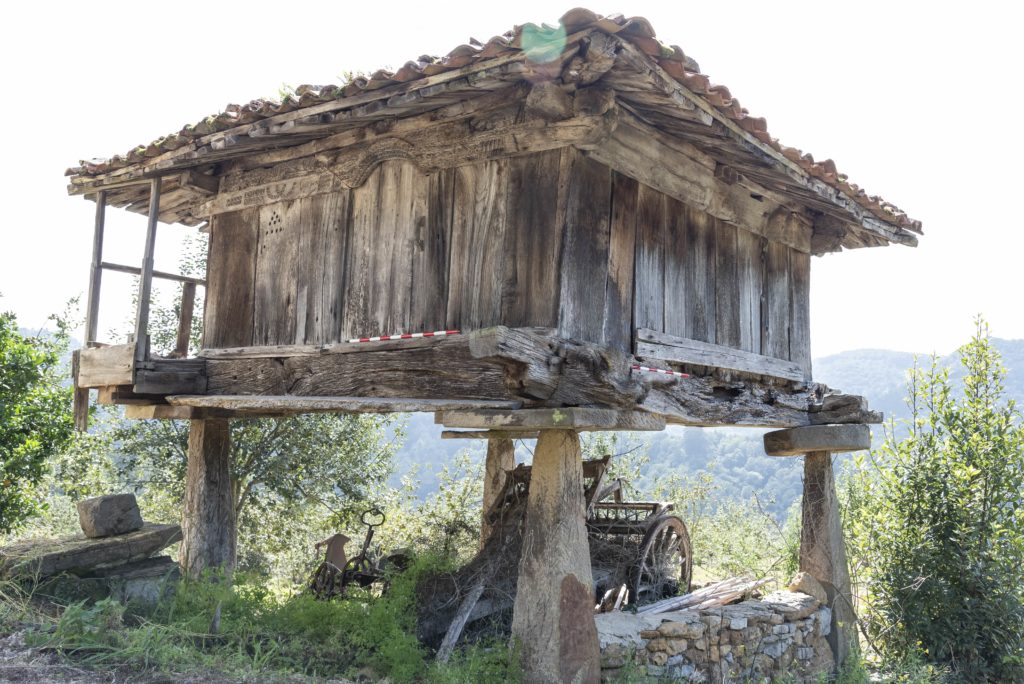
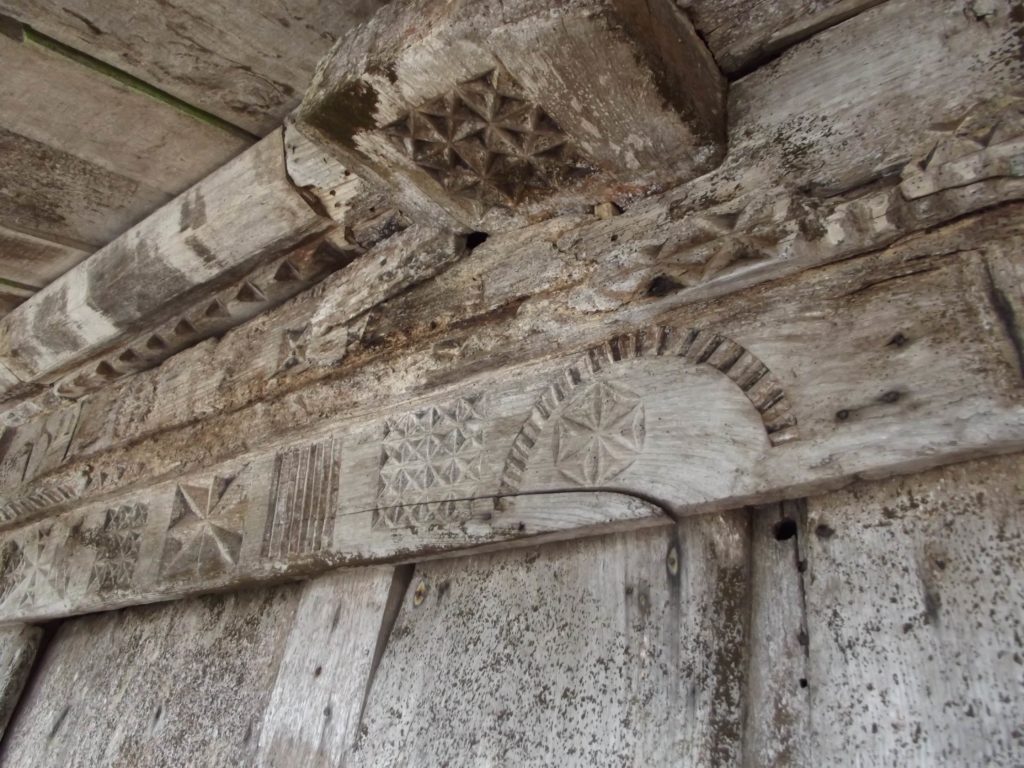
The second one, the “Carreño” Style belongs mainly to “paneras”. It belongs mainly to the 18th century and relates to the architectural style of the time, the Baroque.
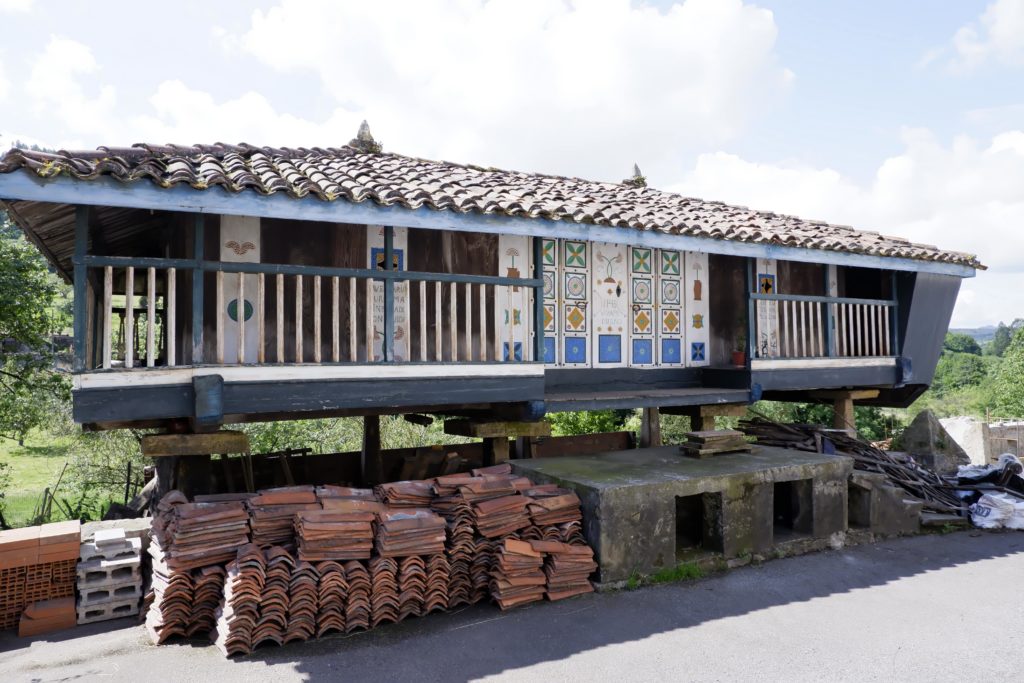
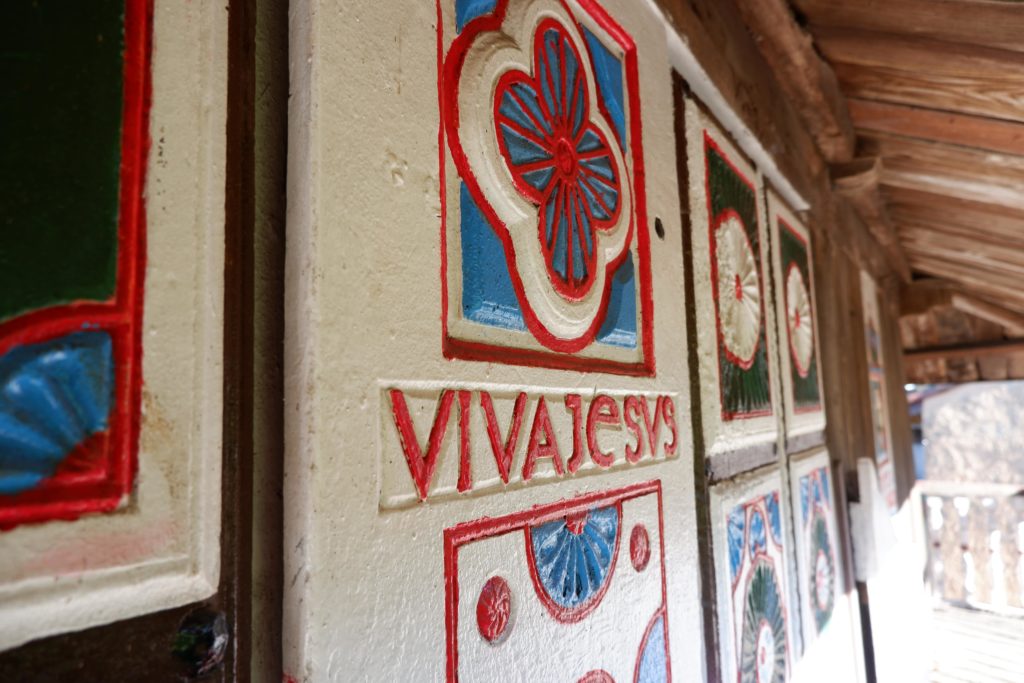
The last one, the “Allande” Style is the worst known of the three, and presents, mainly, circular decorations, sometimes with faces painted on them, as well as plant designs and other traditional circular motifs.
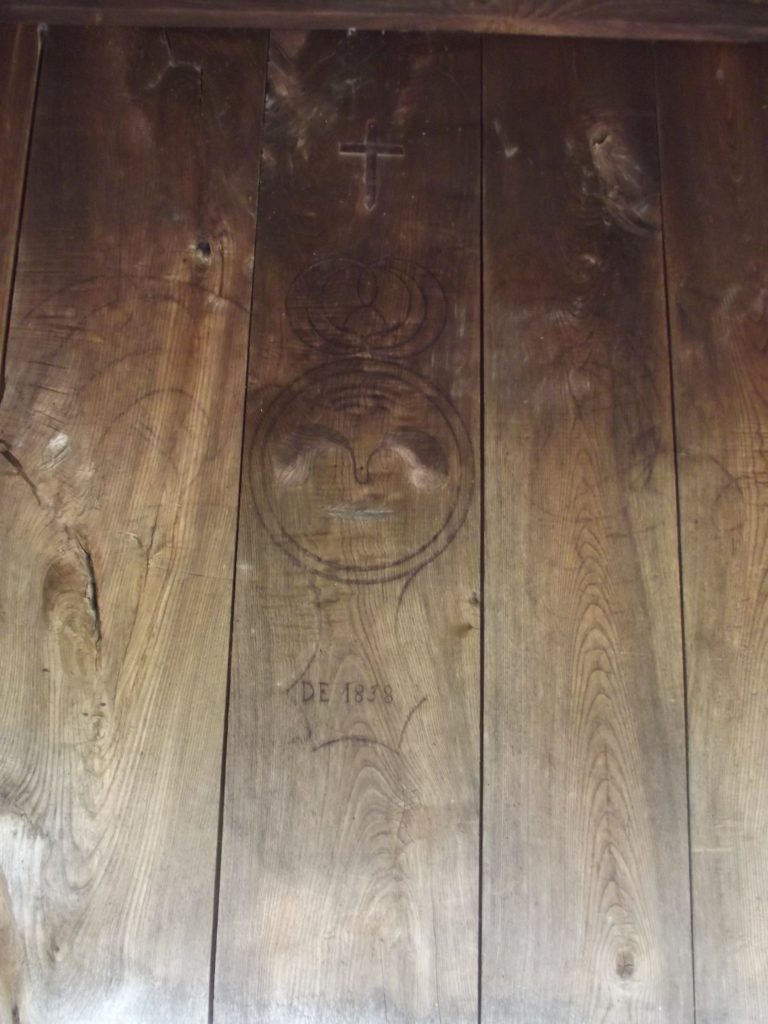
These buildings are not only present in Asturias, but it is in this region where they became an important part of the landscape and the symbols of the region. Fernando points out that these buildings have become a symbol of the region as they are not only granaries, they show us the way of life in the Asturian countryside, they are part of its landscape. And he is right, these buildings are now present even out of the countryside as decorations, sold in miniature in the souvenir shops… but this is not new, the “hórreo” has been a symbol already for a couple of centuries, so much so, that a cider brand called “El Hórreo” created one of these buildings with their bottles.
“El hórreo es un patrimonio digno. Durante muchos años no se ha tratado con el respeto y el cuidado que merece” ( The “hórreo” is a dignified heritage. For many years it hasn’t received the respect and care that it deserves)
Fernando Mora Rodríguez
The “hórreo” represents, not only an important heritage construction and part of the landscape but also saves important immaterial heritage related to it like its construction techniques. These techniques and the work related to them have been identified and dated back to the 18th century and for that time it is possible to join the build with the constructor.
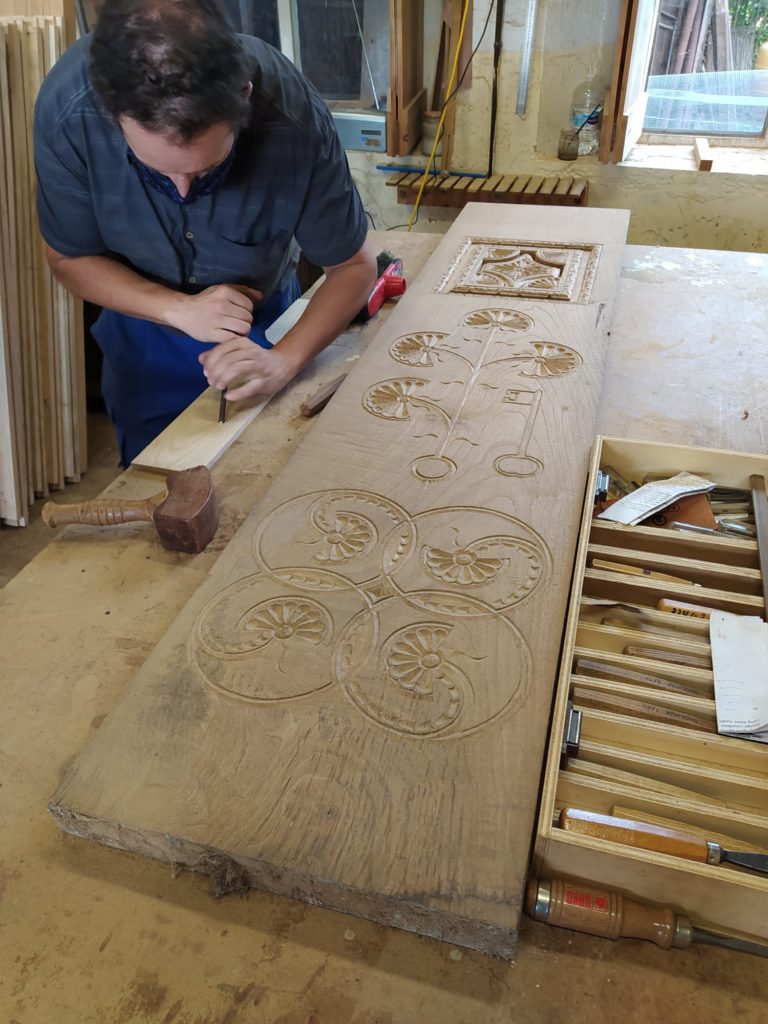
Some of these “hórreos” have been a witness of the pass of time in these areas and everything that happened during the war against Napoleon. This war left some draws on the “hórreos” made by the people that can help with military research.
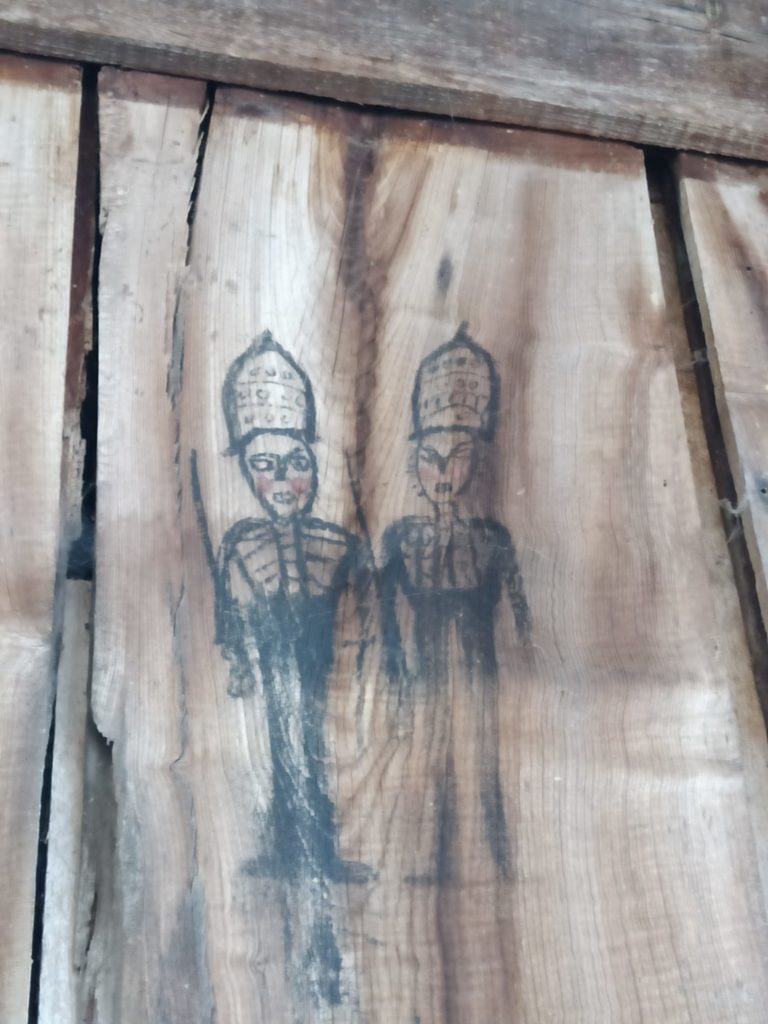
The situation with this heritage is controversial right now. On one hand, the use of the “hórreos” as granaries is decaying as the Asturian countryside is getting depopulated and fewer people farm the land. With the depopulation of the towns the caring and restoration of the buildings also disappear what makes that these wood constructions get destroyed by the elements.
But, several specialists, like Fernando, and associations like the one he belongs to “Asociación de Amigos del Hórreo Asturiano” in cooperation with the regional government are creating a series of measures and plans to avoid the falling of all these builds. These new measures are based on three main ideas: to select, give prestige again and change the uses.
To select, there is not a total number of “hórreos” and “paneras” in Asturias but the estimation is around 25000 of them. With this amount, is obvious that not all of them can be saved, for this reason, the specialists work on a document as much as they can and try to save the most important, for its history, its decorations, its techniques…
To give prestige again means to make people realise how important these buildings are for the regional landscape and heritage. Make sure that “hórreos” and “paneras” are included in the heritage list and regulations.
Finally, with change the uses, the specialists are trying to find new uses for these granaries, out of the farming ones, that are respectful with their structures but that makes people been interested in them and their conservation.
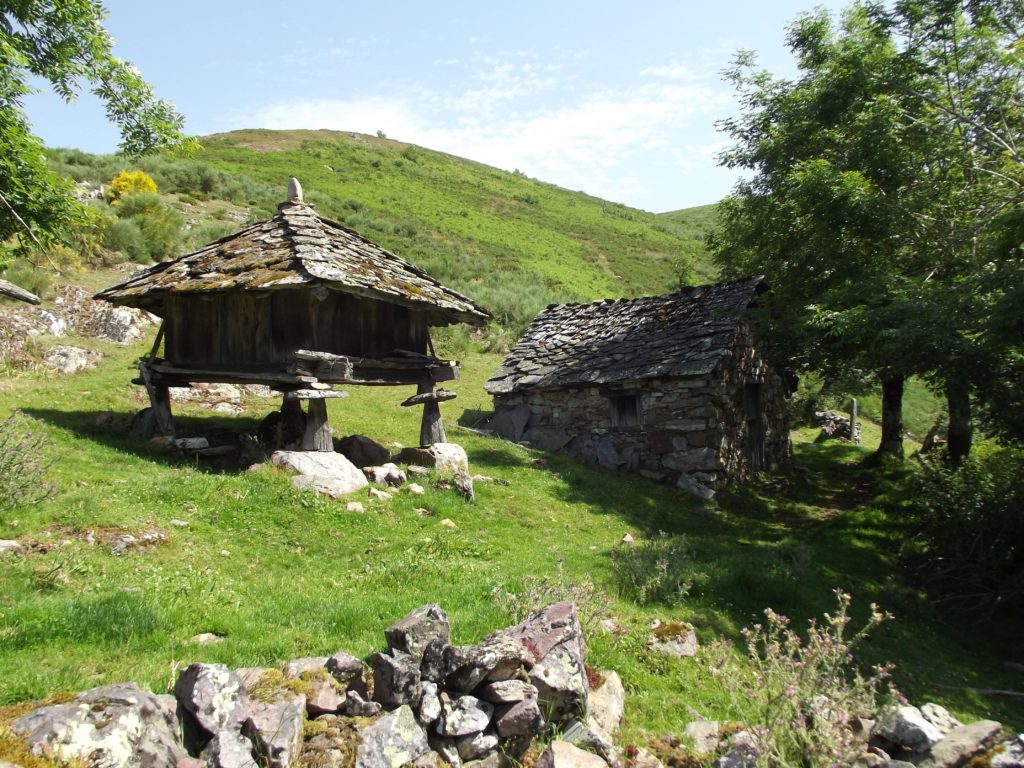
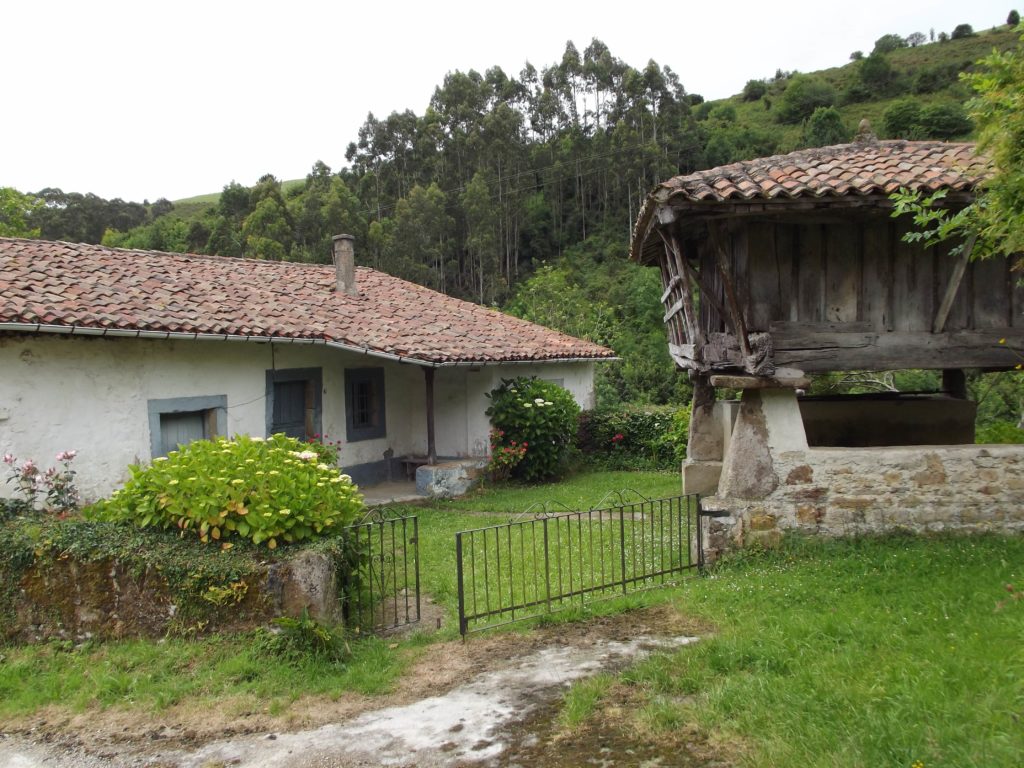
Talking with Fernando about some of these measures he told me about two projects his association is making.
One of them, called “Tentemoz@s” and created in collaboration with the Municipality of Carreño, is directed to people with functional diversity. It is a workshop focused on the labor and social inclusion of the participants. The workshop is divided into a theory part where they learn everything about “hórreos” and “paneras” and then a practical one visiting some of these buildings and the workshops of the craftsmen that still construct and restored the pieces for the buildings
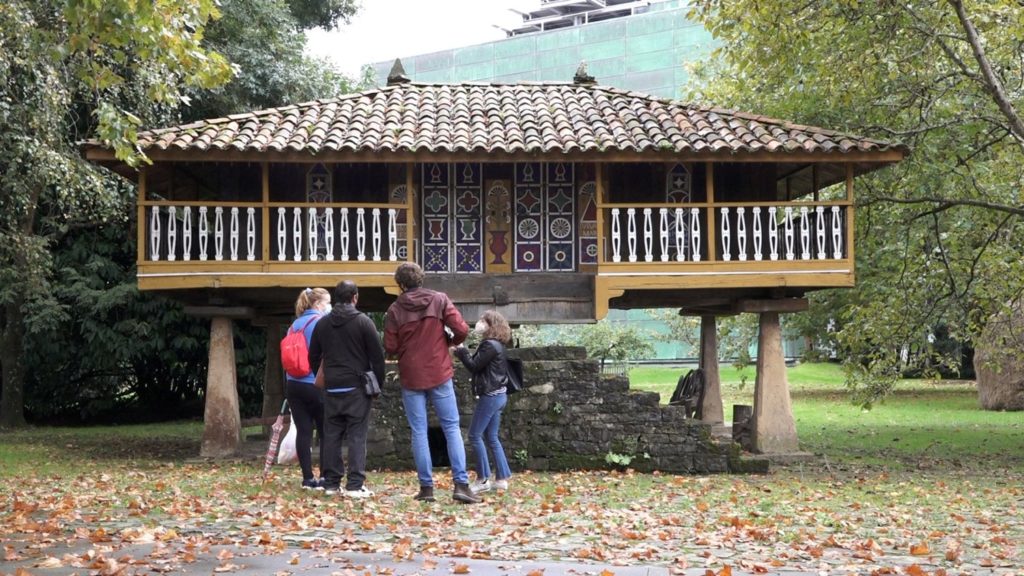
Another one, Fernando commented, is “Red Horrea”. This is a cooperation project between several Spanish regions and countries, to create a study and conservation project of these raised granaries that are present in different places. Right now Horrea counts with participants from Asturias, Galicia, Cantabria, Euskadi, León and Navarra as the Spanish participants and Portuguese ones, as well as some contacts in Switzerland and Brazil, at the moment.
They already achieved the inclusion of these granaries in the Spanish National Heritage Council. And now they dream of the inclusion of all these granaries in Europe in the UNESCO heritage list someday.
From granaries standing next to the houses to pieces that can teach us about heritage. The Asturian “hórreos” and “paneras” are the pride of the region and its inhabitants and now, they are trying to get the fame and respect they deserve in the Spanish heritage. They are landmarks that teach us the importance of the rural landscape and how important is to not let history slide through our fingers just because it is set in a small village.
